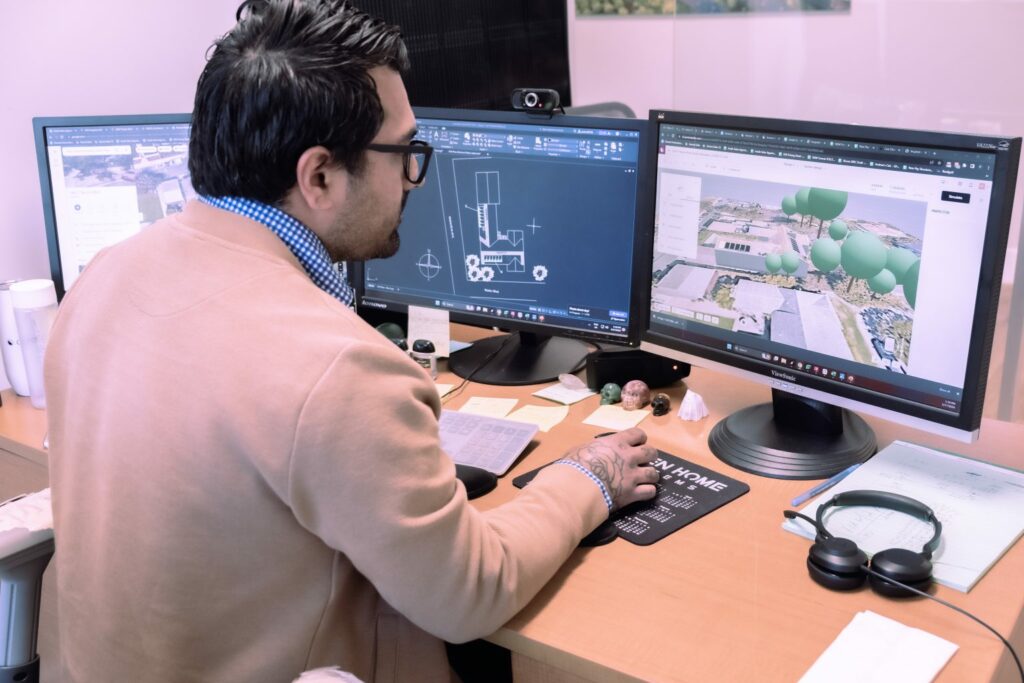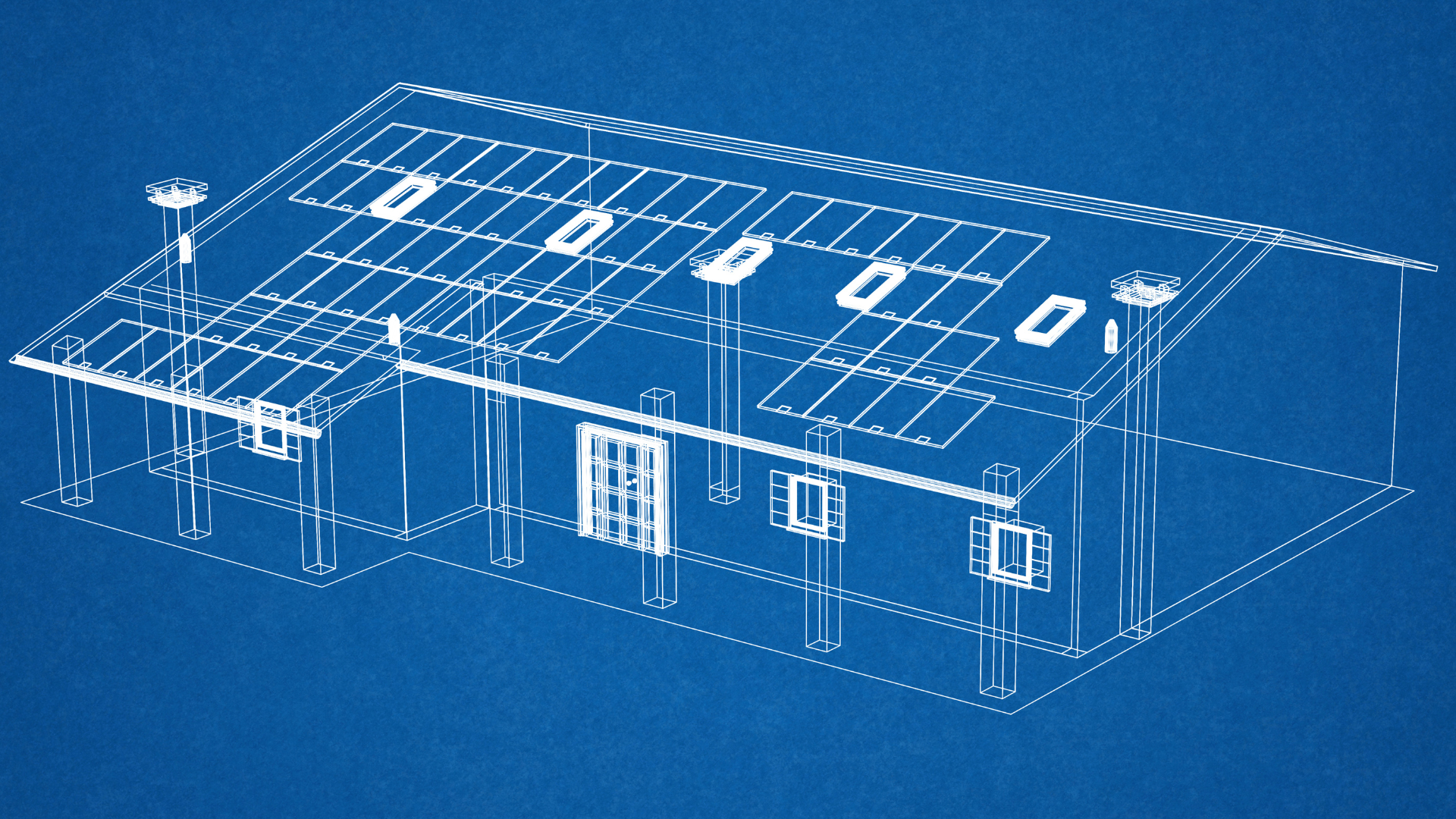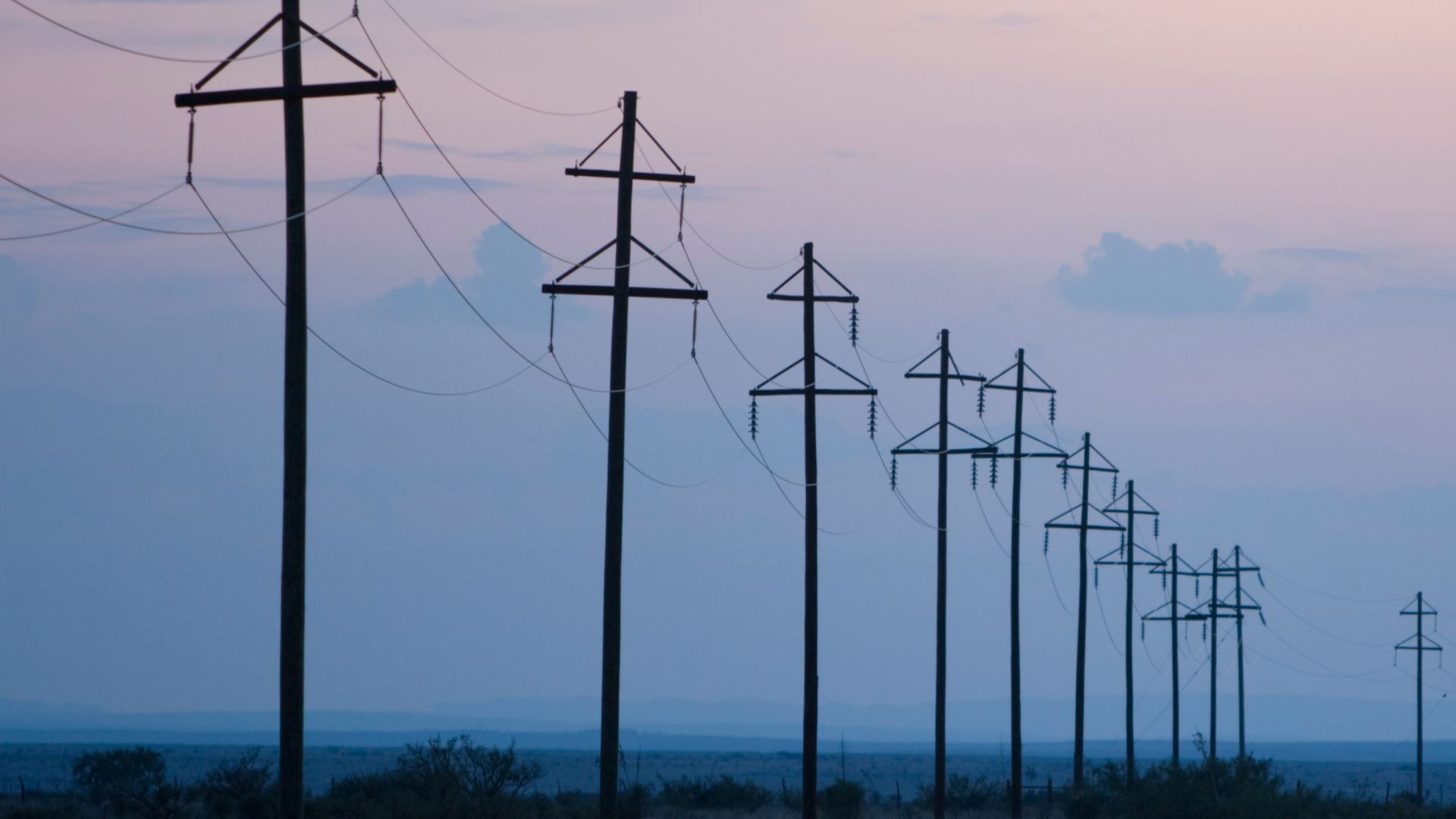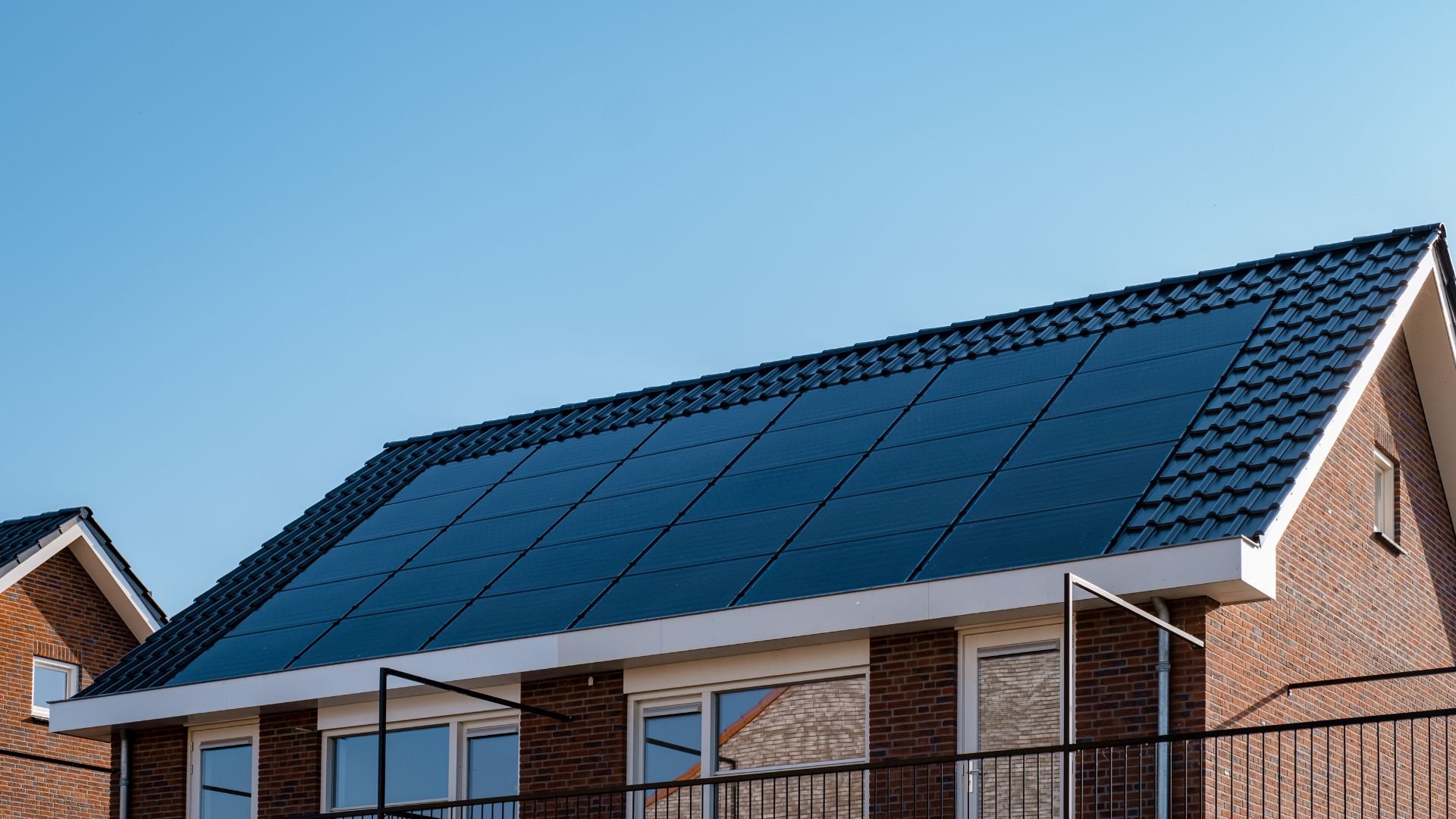Going solar is an exciting and sustainable choice that offers numerous benefits, from reducing your carbon footprint to saving on energy costs. However, the process of transitioning to solar energy involves various technical considerations that can significantly impact the performance and efficiency of your solar system. That’s where the expertise of a solar system designer becomes invaluable.
The involvement of a solar design engineer is a key to solar success and crucial when transitioning to solar energy and can help homeowners gain access to expertise and experience that can significantly impact the success of their solar project.
In this article, Polo Corona, Green Home System’s Manager of System Design, lists 4 factors and tips, to help you better understand the solar potential of your property and optimize your system performance.
1. Sunlight Availability
Sunlight is the lifeblood of solar energy generation. To assess your sunlight availability, observe your property throughout the day, taking note of areas that receive direct sunlight and those that are shaded. Identify any obstructions, such as nearby buildings or trees, that could cast shadows on your property. While it’s true that solar panels generate more electricity in areas with high levels of direct sunlight, they can still work effectively in regions with less sunlight or even on cloudy days!
2. Shading Matters!
Shading can have a significant impact on the performance of your solar system. Here’s what you need to know:
- Identify objects or structures that cast shadows on your roof during peak sunlight hours.
- Determine if these shadows are constant or if they change throughout the day.
- Differentiate between temporary shading (e.g., deciduous trees losing leaves in winter) and permanent shading (e.g., tall buildings).
3. Roof Orientation and Tilt
The orientation and tilt of your roof are crucial for optimizing the capture of solar energy. By strategically placing your panels on a roof facing true south and at an optimal tilt between 30 and 45 degrees, you can achieve the best results in terms of energy production and financial benefits. The optimal tilt angle for solar panels is often equal to your latitude, but adjustments can be made to maximize energy production.
4. Assessing Energy Consumption and Calculating System Size
When it comes to determining the optimal size of a solar system for homeowners, a thorough assessment of energy consumption is essential. This assessment typically involves analyzing historical energy usage data, considering factors such as household size, appliances, heating and cooling needs, and any anticipated changes in energy consumption patterns, such as adding a pool or a charging system for an electric vehicle. By understanding the homeowner’s energy requirements, our solar professionals can accurately calculate the system size needed to meet their electricity needs and potentially offset a significant portion of their energy usage. This analysis ensures that the solar system is appropriately sized, maximizing energy production and cost savings while aligning with the homeowner’s specific energy consumption profile.

OPTIMIZING THE PERFORMANCE OF THE SOLAR SYSTEM.
P. CORONA, MANAGER OF SYSTEM DESIGN
Conclusion
Unlike local installers who might lack specialized knowledge, solar design engineer is a key to solar success and possess in-depth understanding of various aspects, including system design, sizing, component selection, shading analysis, electrical requirements, and local regulations. They utilize advanced software tools to assess the solar potential of a property, tailor a system to meet specific energy needs and to ensure optimal placement of your solar system.
With GHS’s solar design engineers, homeowners benefit from a comprehensive approach, precise calculations, and system customization that ultimately lead to improved performance and increased energy savings.








